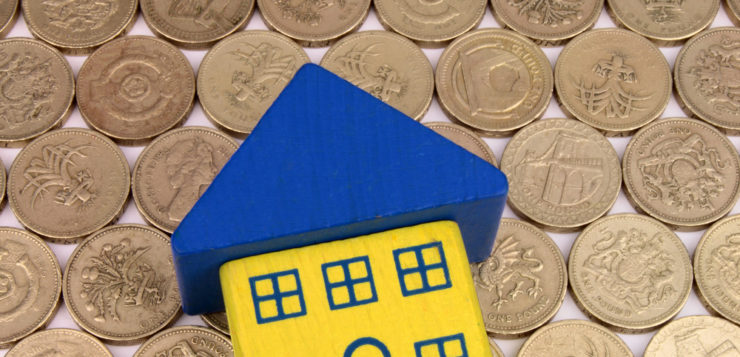The buy-to-let trend has come under increased scrutiny due to a tough landlord tax crackdown, but the property market still remains an attractive investment pool for many. Recent changes in taxing means that there is now an additional stamp duty on a buy-to-let purchase, and the new buy-to-let rules can be challenging at first. This is not to say that buy-to-let doesn’t pay off; in fact, it is easy to improve returns on a property with the right kind of guidance and by renting out rooms.
Here is a buy-to-let tax guide to help you understand how the tax relief changes for landlords will affect you.
Tax relief on buy-to-let mortgages and the new buy-to-let rules
Since 2016, the Landlord Tax has increased, and those who own a buy-to-let must pay an extra 3% on property purchases due to stamp duty changes. Buy-to-let investors are now unable to offset all their mortgage interest against profits. Three years from now, none of the interest will be tax-deductible, which means more money will come out of your pocket each year without a buy-to-let tax relief. But, in spite of these changes, the buy-to-let market does have a lot of positives. High profits can be made if the property is bought and then resold at a higher rate. In addition, major returns can come for rent income if these cover mortgage payments and maintenance effectively. The new buy-to-let rules also affect current landlords, and in those cases, it is best to talk to tax advisers for some buy-to-let advice to ensure a smooth transition into the new buy-to-let rules. The full effects of the stamp duty changes’ new tax rules will be felt by 2020, so it is essential for those interested in buy-to-let investments to stay well informed and make a cost-benefit analysis for each potential property.
Choose a promising area to invest
In this case, it’s best to get personal. Where would you like to live? Which areas of town do you enjoy spending time in and why? A successful buy-to-let relies on your ability to promote the property, and that is always more efficient if you believe in what you are selling. Some top buy-to-let advice is to buy close to where you live. That way not only will you know the area and the market better, but it will also be easier to maintain and supervise the letting. In such cases, it is also important to know whom to rent the property to, as rent cash flow will be the most secure source of income: for example, if you are looking for property in a city where universities prevail, it may be worth looking into offering student accommodation, as students will be looking on EasyRoommate for houses to rent year after year. Investing in such a niche, buy-to-let can secure income and provide some tax relief, even without the tax relief on buy-to-let mortgages.
Consider the risks
Investing in a buy-to-let shouldn’t be a whimsical decision. Before investing, make sure you calculate the costs and take the mortgage rate, maintenance and tax changes into consideration using a buy-to-let calculator. Keep in mind that mortgages come with a risk, especially given the fact that you would still have to make mortgage payments, even if the property is empty for a few months. Insurance is an essential part of any buy-to-let guide and should always be factored into the equation. Make sure you find the right landlord insurance that suits you and your property.
In spite of the tax changes and the new buy-to-let rules, investing in property to rent using EasyRoommate is still a worthwhile strategy for securing capital returns. While the success of your buy-to-let does rely on the state of the housing market, there are things you can do to ensure a smooth running of your buy-to-let. Get professional buy-to-let advice, consult a buy-to-let calculator and inform yourself on the buy-to-let rules and tax relief. Furthermore, know your area, know your tenants and know the market. After all, the key to a successful buy-to-let investment is to be well informed.






